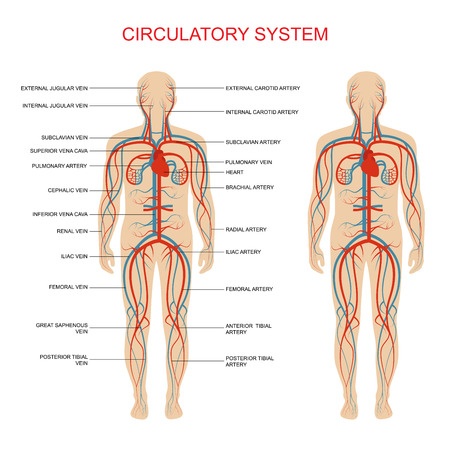Overview
Claudication is defined as the pain or discomfort that is being felt upon performance of activity. Aside from pain and discomfort, weakness of the affected area may also be experienced. This condition is also known as intermittent claudication because the symptoms often go on and then off from time to time. Claudication is primarily brought about by a significant damage in the arteries responsible for supplying blood to the limbs. If these arteries are damaged, narrowed or even blocked, there is a lack of blood supply to the limbs, specifically the leg area. The lack of blood supply is described as a condition known as ischemia. This can eventually cause oxygen deprivation in the area which is not receiving the right amount of blood.During activity, the legs will have to require more oxygen to produce needed energy. Without enough blood supply, the legs are unable to support itself in the activity, like during exercise. This is the main reason why pain is experienced upon activity in this condition. At rest, the legs require less blood supply and thus are more likely to receive adequate blood. This is the reason why pain goes at rest.

Symptoms
Like what has been previously stated, the characteristic symptoms of claudication include pain, discomfort and weakness in the affected areas which are usually the legs. These symptoms all aggravate upon performance of activity which could either be walking, running or other types of exercise. All of the said symptoms are relieved upon rest.
Risk Factors
The persons who are diagnosed to have atherosclerosis or development of plaques along one or more of their blood vessels are highly at risk for experiencing claudication. In line with this, other risk factors associated with claudication include persistently elevated blood pressure, obesity accompanied by sedentary lifestyle, smoking and even family history of any vascular type of disease.
Diagnosis
To determine the presence of claudication, the physician may asks several diagnostic tests aside from the usual physical examination. Duplex ultrasound can be used to measure the flow of blood through the blood vessels and even visualize them later on. Angiography may also be used in two forms which are through Computed Tomography and Magnetic Resonance. The usual blood test may also be needed to check for blood markers which may be indicative of claudication as well.
Treatment
The simplest and most convenient method to treat claudication is primarily lifestyle modification. This includes taking proper exercise, having a low cholesterol diet and refraining from smoking. To be treated effectively, your aim must always be towards the prevention of arterial disease specifically atherosclerosis.Medications may also be used as prescribed by the physician. One of the most common drugs that may be prescribed is aspirin or some anti clotting agents. For those who have a persistently elevated cholesterol levels, drugs to control such may also be prescribed. A lesser invasive procedure than surgery can be used if the medications are deemed to be unsuccessful in treating the problem. This procedure is known as angioplasty.

This involves the use of a small inflatable balloon like material that is used to promote circulation and a stent to prevent further narrowing of the arteries. The most invasive procedure known as vascular surgery is done once the previous technique is contraindicated to the patient. The surgery involves the total replacement of the damaged vessel with a healthy one taken from an unaffected part of the body.









